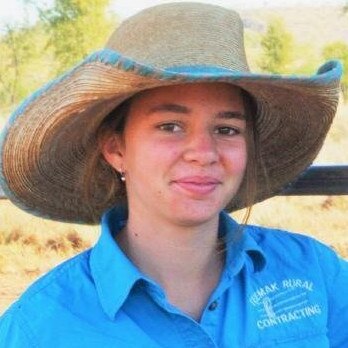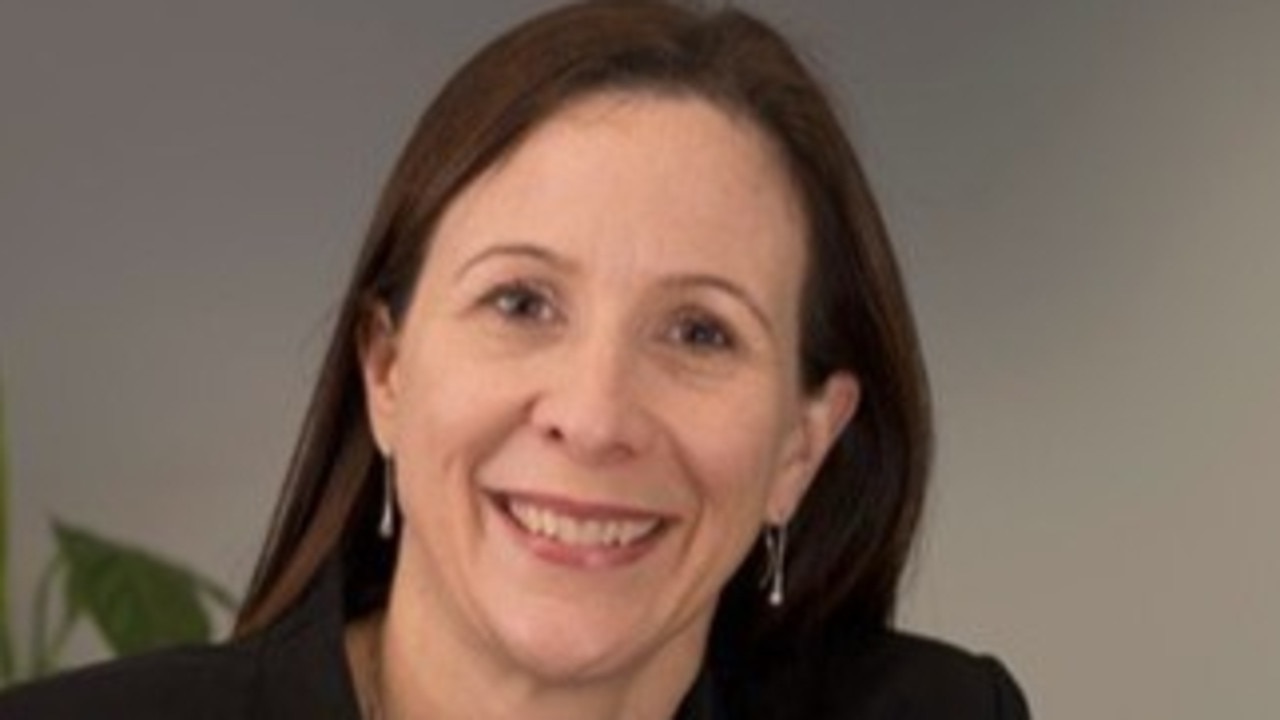Youth suicide and self-harm in Qld reaches epidemic proportions
Suicide has become a leading cause of death for Queensland teenagers as more than 3200 a year attend emergency departments for self-harm.
QLD News
Don't miss out on the headlines from QLD News. Followed categories will be added to My News.
At least one Queensland child is suiciding every month, as experts warn the state is in the grip of a youth mental health crisis.
Services such as Kids Helpline are receiving record numbers of crisis calls, thousands of children are filling emergency departments with suicidal thoughts, and paramedics are treating kids as young as five for self-harm.
Suicide has emerged as the second biggest killer of Queensland children aged 10-14, and for older teens it is the leading cause of death.
Twenty children and teens ended their lives in 2019-20, and over a third of 16-year-old Queenslanders who die each year, will die by suicide.
Queensland Family and Child Commissioner Principal Commissioner Cheryl Vardon said she was concerned about the state’s rising suicide rate.
“The suicide rate has been steadily increasing, and the age of children and young people who take their lives is decreasing,” she said.
“The death of any child is tragic, and the impact on their family, friends and community is immeasurable.”
While there was once a larger disparity between boys and girls committing suicide – and in adults, the gap is still significant – the rate of young Queensland girls dying was also rising.
“Girls are using more lethal ways (to end their lives),” Ms Vardon said.

Copycat suicides and suicide contagion, which can result in clusters of deaths in places such as schools, was also a concern.
Findings from the Queensland Child Death Register have been laid bare in a report detailing every child who lost their life since 2004.
Tragically 331 Queensland children and teens died by suicide in that period – more than drowning, accidental injury, or fatal assault or neglect.
Every year thousands more will attempt to end their lives, with more than 3200 emergency presentations in Queensland hospitals this year following self-harm attempts or suicide ideation.
And since the tragic death of 14-year-old schoolgirl Amy “Dolly” Everett in 2018 brought national attention to the issue of youth suicide, at least a further 57 Queensland children have died by suicide.
Queensland Ambulance Service Mental Health Response program director Sandra Garner said every day, triple-0 receives about ten calls to help Queensland children who have attempted suicide.
“Each year for the past five years there has been a 20 per cent increase in calls for a mental health crisis,” she said.
In total, QAS responded to more than 7500 call-outs for child suicides, suicidal behaviour or self-harm in 2019-20, with more than 220 for children aged between five and nine years old.
That equated to about 370 call-outs for every death.

Ms Garner said such situations were deeply distressing for front line responders
“Any suicide is absolutely tragic – our paramedics are human, they have families, and they are incredibly distressed by what they see,” she said.
Ms Vardon said continuing to shine a light on the issue was crucial.
“We’ve made a lot of progress in talking about mental health, particularly about men’s mental health, but I’m not sure we’re talking enough about the mental health of children and young people,” she said.
“It’s a very scary thing – we don’t like to think children can be that sad and depressed.
“Suicide in young people is still statistically a relatively rare event, but growing, which means we must be aware of those children just under the line, and recognise anxiety, sadness, and provide wrap around services and support.”
Many children who take their own life have experienced one or more “adverse life events” – such as abuse, exposure to domestic violence, substance abuse, or divorce. Aboriginal and Torres Strait Islander children were also at an increased risk.
“(Other) factors contributing to suicide may be isolation, employment stress, access to lethal means of self-harm, disconnectedness from their community, and reduced availability of mental health care services,” Ms Vardon said.
“If you look back over a child’s history, these adverse events can culminate into a mental health issue.”
But she also said children may appear to be coping with such events when a “smaller” event- such as a break-up, bullying or a bad report card – can be a trigger for tragedy.
“These children can be just below that level of being tipped over, they can be dangerously close, and then something might happen which appears totally unconnected,” she said.
The fallout from the ongoing COVID-19 pandemic and the effect on the mental wellbeing of children was also a serious concern, with Ms Vardon saying it was “crucial” the current cohort was monitored closely for years to come.
Yourtown chief executive Tracy Adams said the charity’s Kids Helpline service had recorded interventions relating to Queensland youth suicide attempts skyrocketing by more than 60 per cent this year.
Ms Adams said the trend was “deeply worrying”, and that Queensland children were “worried about the future”.
“What we must remember is that behind the numbers are real children and young people,” she said.
“There’s a very human element which becomes critically important.
“These are very significant issues, which have the potential for lifelong consequences and trauma for their families and their communities.”
Ms Adams said parents should be aware of the signs their child might not be coping, particularly in the current environment.
She said these could be increased sleep patterns, withdrawing from family and friends, a change in eating patterns, avoiding activities they used to enjoy and for older kids, engaging in risky behaviours such as alcohol or drug taking.
“The challenge can be, we know children and young people don’t always want to talk about how they’re feeling.” she said.
“It’s important we create as much space as we can – we need to let our kids know they can talk about anything.”
* Speak to you child’s GP about accessing up to 20 subsidised sessions with a mental health professional each calendar year
More Coverage
Originally published as Youth suicide and self-harm in Qld reaches epidemic proportions




